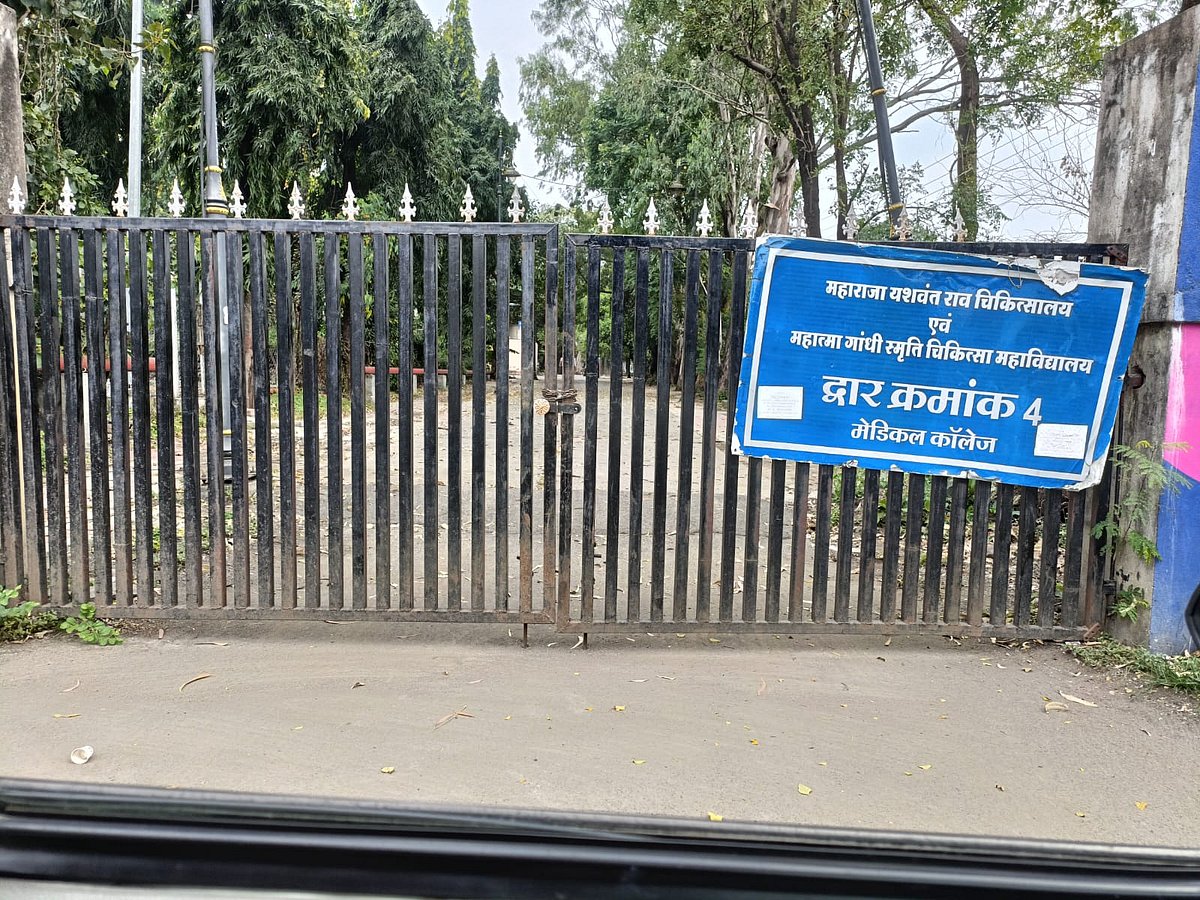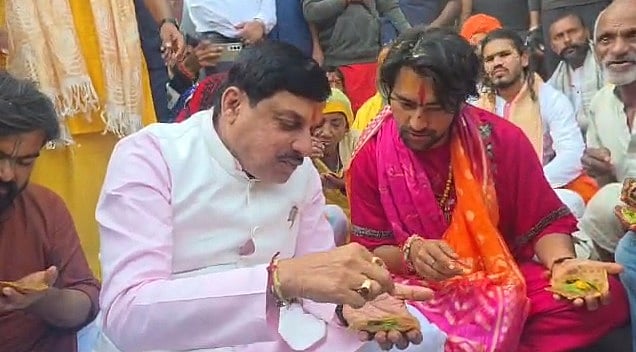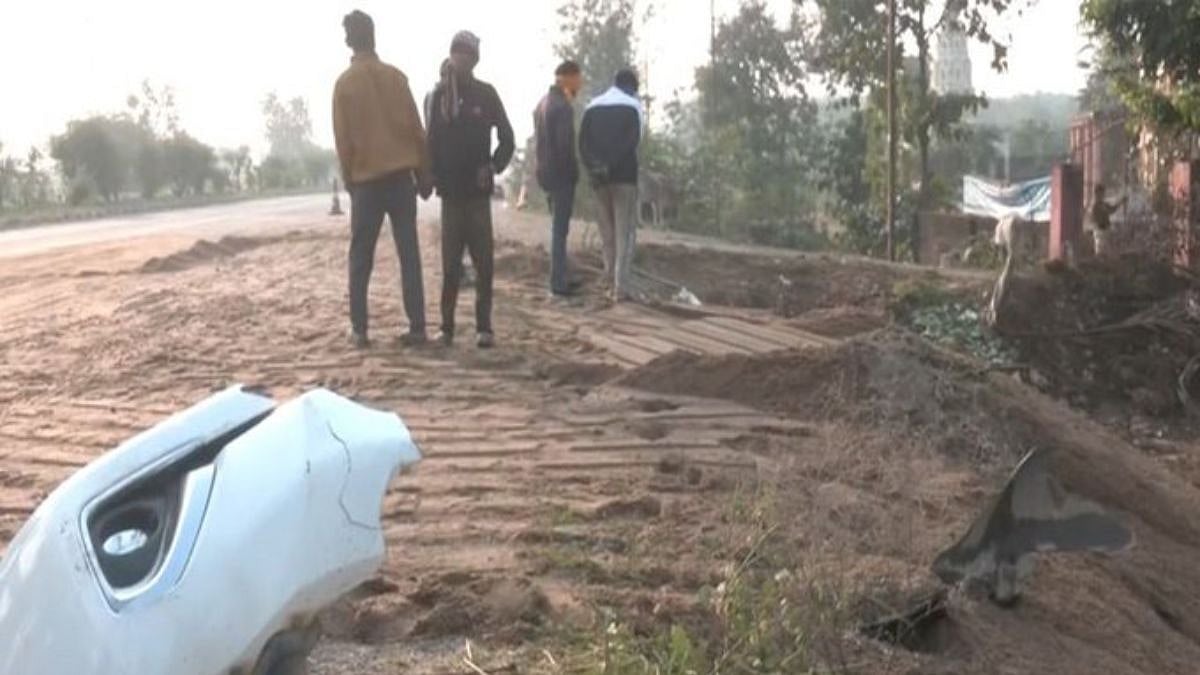Indore: Locked in with the fear of coronavirus, anxiety is becoming a part of new normal for many people. Citing the need to reconnect with our roots and nature for fighting anxiety, Rides of Riders group embarked on a journey into history on Monday.
Re-discovering Dharmrajeshwar Temple, the riders peeked into the architecture of 9th century. Dharmrajeshwar cave temple is located in Garoth town of Mandsaur district, Madhya Pradesh.
“Temple is a Buddhist and Hindu cave temple, built by carving solid natural rocks,” Gyandeep Srivastava, administrator of the group, said. He added that the temple is a monolithic temple, meaning it is carved from a single stone.
Further, the temple is known to have been carved in 9th century using solid natural rocks.. The temple shrine is in the north Indian style. This temple's architecture is often compared with Kailash Temple of Ellora.
From the archaeological department, the temple is known to be a part of ‘Buddhist Caves, Pola Dungar’
Memories of Buddhism from 9th century
Dungar has presereved the memories of the Buddhist religion in Dashpur region in its caves. This is 128 km from Mandsaur and 20 km from Garoth on Garoth-Boliya road. There is a small hill (dungar) which has been made hollow (pola) by the architects in their effort to construct caves. That is how it derives its name Pola Dungar meaning hollow hill.
These caves were made of red stone during 9th-10th century CE (Common Era). The department estimates the caves to be belonging to the Hinayana sect as they are totally devoid of the images of the Buddha. Initially, there were about 100 small & big caves over here, however, due to the bolt of time and nature only few of these have survived. Most of these caves were used as viharas.
Only few caves are in form of a chaitya. The main entrance is called Surajpol. Inside the chaitya there is a Stupa having a square base of 3 meter, circumference 2.40 meter and height is 4.20 meter. After Maharashtra only this region has the largest number of Buddhist caves.
To those interested in this subject other sites are also worth seeing such as – Dharmrajeshwar, Dhanakhedi, Ganeshmagra, Khejaria-Bhoop, Ghasoi, Kholvi, Vinayaga etc.
How to reach Dharmrajeshwar?
Dharmrajeshwar temple is about 221 kilometres from Indore and one can reach the site in about 5 hours and 30 minutes. There are three routes out of which Indore-Ujjain or Indore-Nagda is preferred by riders. Indore-Ujjain-Nagda has a higher preference for most riders staying in Indore.
“We took the route from Indore to Ujjain then reached Mehidpur road,” Srivastava said. From there, crossing Barkhera Kala and Bhadkeshwar Mahadev, the riders reached Chandwasa to find the caves.










